wra18th
[H]F Junkie
- Joined
- Nov 11, 2009
- Messages
- 8,494
Can't wait to see the final paint. I'm painting a Lian Li this summer.
Follow along with the video below to see how to install our site as a web app on your home screen.
Note: This feature may not be available in some browsers.
bathed it in cutting oil to make sure I had a good clean cut:
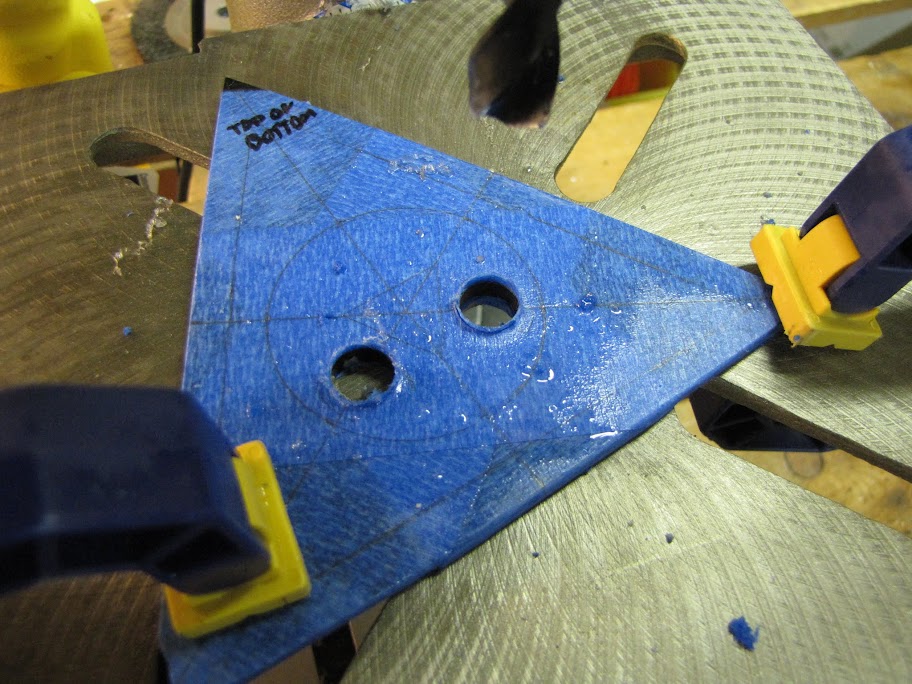


one mod at a time my friend.
this build inspired me a lot. i saw a v2000b case on cragslist and couldnt pass it up! (paid 40 bucks)
debated on letting you know i had it but i know you will take the mod in a better direction
couple of pages there... i was like whoa.... shakin my head really bad. felt horrible. but then you made the prizm look really good and this mod looks really good again. there was some real doh shit moments hahaha
That turned out great! I'm taking notes for when I try doing the same.
this build inspired me a lot. i saw a v2000b case on cragslist and couldnt pass it up! (paid 40 bucks)
debated on letting you know i had it but i know you will take the mod in a better direction
couple of pages there... i was like whoa.... shakin my head really bad. felt horrible. but then you made the prizm look really good and this mod looks really good again. there was some real doh shit moments hahaha
Yep I had my share of fun jacking up an Antec-900 before I chop into this... and the only reason I bought that case was because of this thread.
OH MUH GAW THAT REFLECTION! I knew with all the effort you were putting into painting this thing it would turn out amazing... can't wait to see the whole thing glossed and put together
That reflection is sweet.
What hardware is being put in this?
Very nice work!
How many hours to you think you have in the prep and paint so far?
Your patience is amazing. Super job on the paint. Looks fantastic!
I created an account here just to compliment you on the build. I spent about 2 days reading through this log, and am impressed with the amount of care that you are putting into this build. I'm looking forward to seeing the finished project!!
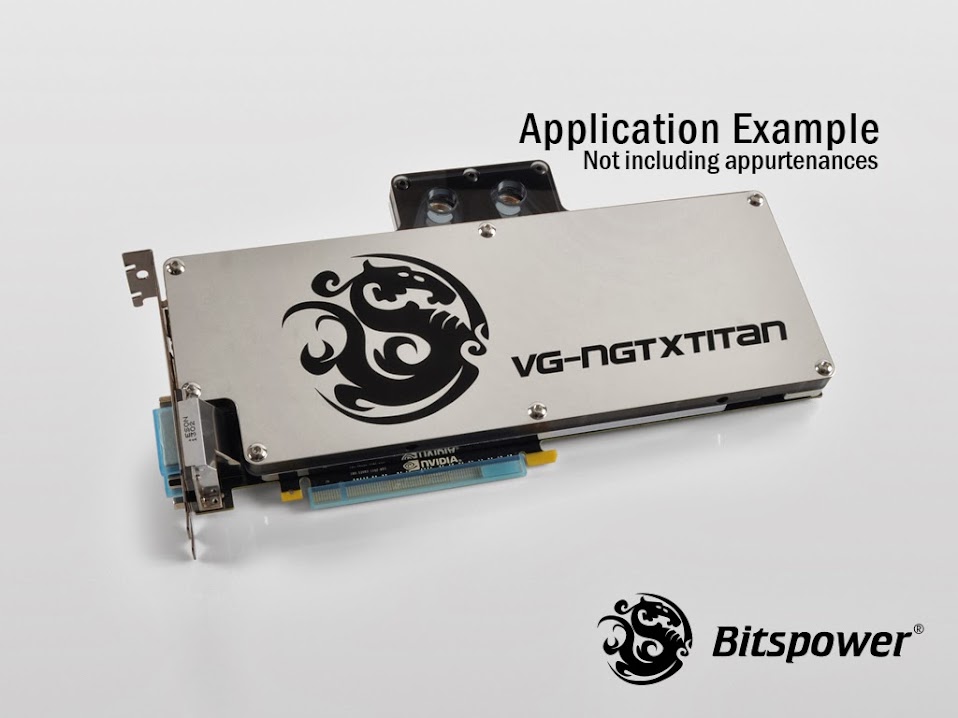
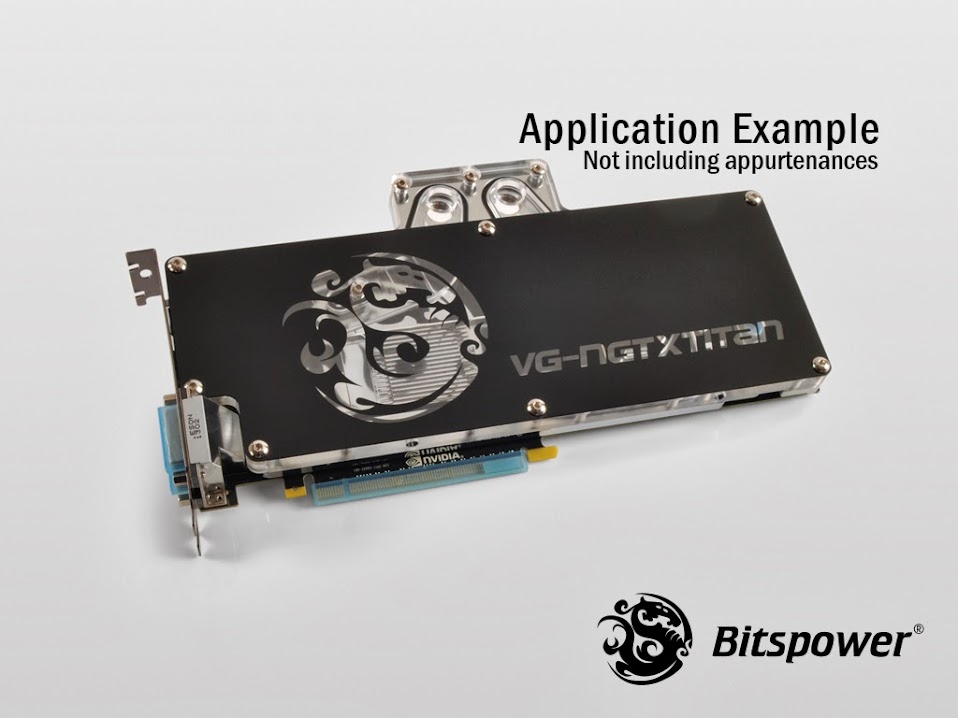
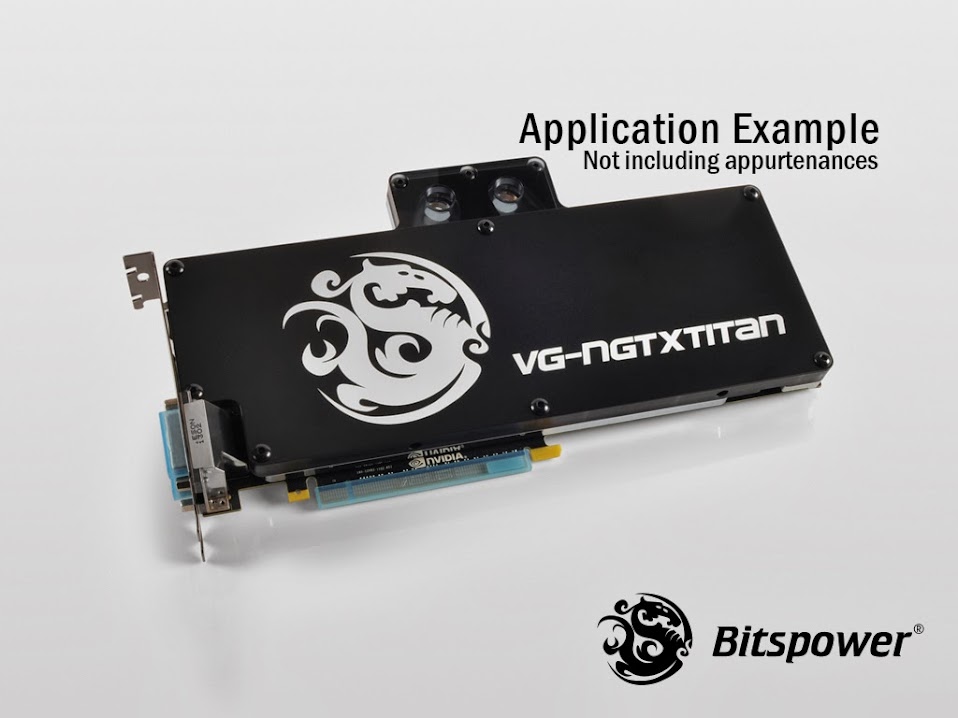
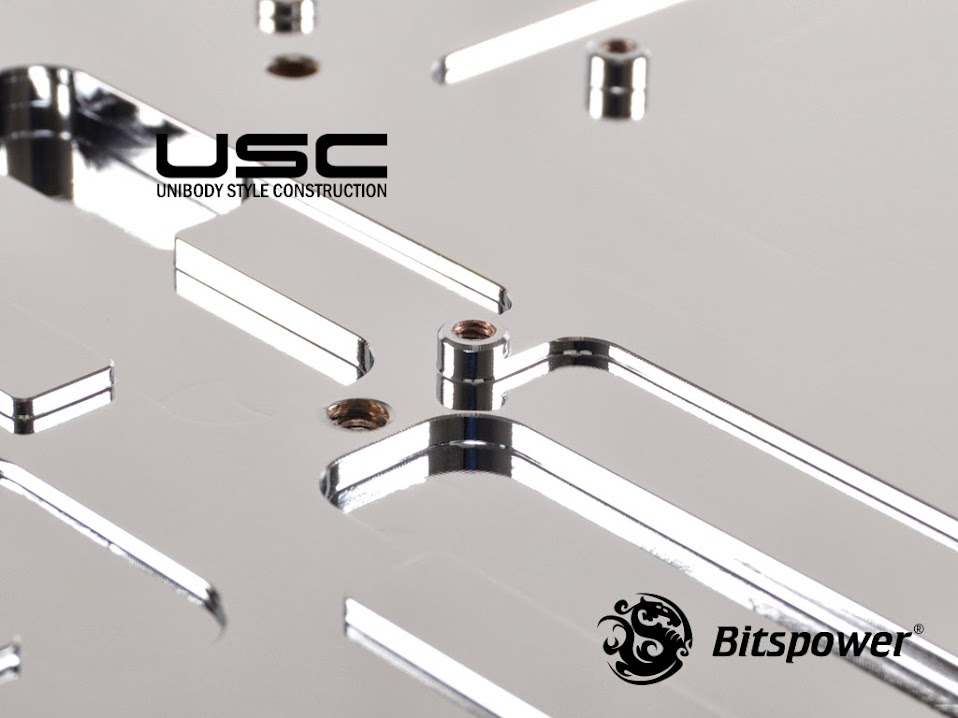
This is coming along amazingly! Great work mate!